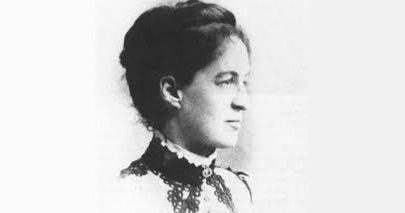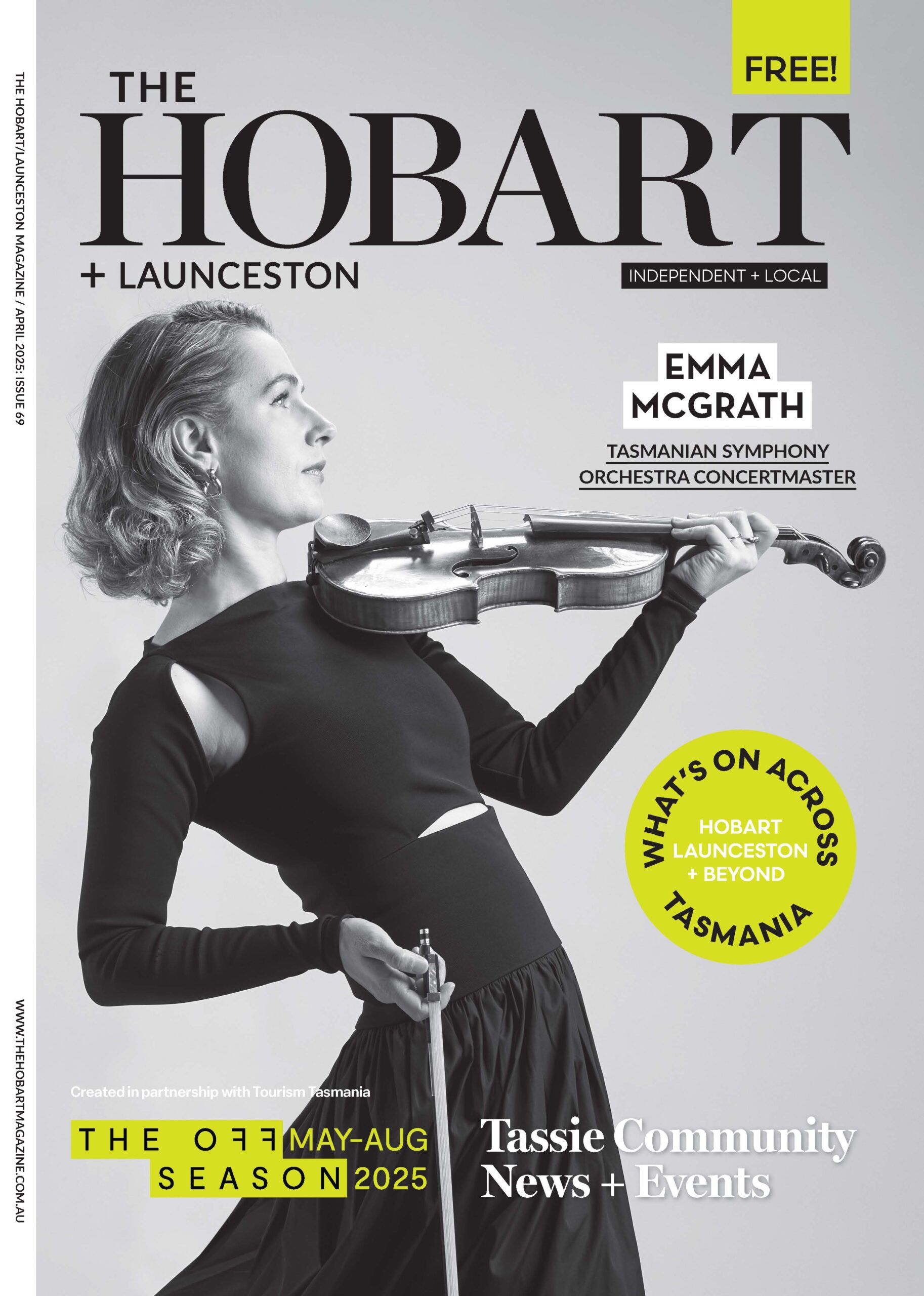Did You Know Australia’s First Female Doctor Was Hobartian?
by Bonnie Mary Liston

Tasmania, despite its small size and population in comparison to the mainland, has produced more than its proportionally predicted percentage of significant figures and heroes of Australian history.
The first woman to be registered with the Medical Board of Victoria and therefore practice medicine as the first fully licensed and fees paid up female doctor in Australia was born right here in Hobart Town.
Emma Constance Stone, known to most as Constance, was born on the 4th of December 1856 to her parents William and Betsy Stone. She was the eldest of six children and had four brothers and a single younger sister, Grace Clara Stone, who went by Clara – it seems possible the family had a fundamental misunderstanding of how middle names worked or perhaps kept filling out birth certificates backwards.
Their mother was a former governess so both Constance and Clara received a thorough education despite staying at home. When Constance was sixteen the family relocated to Melbourne and it was there she met a young Welsh clergyman by the name of David Egryn Jones. Jones confessed to Constance that he had been thinking about retraining as a medical doctor – the adverse conditions and poverty in his parish had him more concerned for the care of his clergy’s bodies than their souls. Constance told him she’d like to become a doctor too.
It’s difficult to express what an audacious ambition this was for a woman of her time. It was only within her lifetime – the year 1879 to be exact – that the University of Melbourne had begun to admit female students at all and the school of medicine was still strictly out of bounds for women. In order to achieve her dream Constance had to leave Australia and her family behind and travel to America, to the Women’s Medical College of Pennsylvania and then to Canada, to University of Trinity College, Toronto. In 1888 she graduated MD CM with first class honours.
For reasons best known to himself, David Egryn Jones also went to America and Canada to receive his medical training despite the fact that he could have very easily been accepted at UniMelb. The two eventually married in 1893, having known each other for over 10 years and across three continents – a very interesting love story and another example of Constance’s idiosyncratic attitudes for a woman of her time. After a brief stint working at the New Hospital for Women in London, Constance returned to Australia in 1890 and became the first woman to be registered with the Medical Board of Victoria. However she wasn’t alone for long. In her absence, her sister Clara, inspired by Constance’s example, had successfully petitioned her way into the University of Melbourne’s medical school and in 1891 became one of the first women to graduate from the university in medicine. The two sisters opened a private practice together. Constance proved herself to be a socially minded and progressive figure in Melbourne medical society. In addition to her practice, she operated free clinics in conjunction with missions in low income areas of Melbourne. She campaigned for improved education for girls and women’s suffrage – because at this point women still couldn’t vote. She also founded the Victorian Medical Women’s Society, which convened its earliest meetings in her house. It was there that Constance, Clara and eleven other women doctors developed a new dream: a hospital for women, run by women.
Unsupported by the establishment, the women had to scrape, scheme and make do – originally called the Victoria Hospital, one particularly ingenious marketing scheme tied them to Queen Victoria’s Jubilee and solicited a shilling’s donation in the name of the Queen from ‘every woman in Victoria.’ This raised over £3,000 and in 1899 the Queen Victoria Hospital proudly opened in its own building – boasting eight in-patient beds, an operating theatre and Melbourne’s first ante-natal clinic.
Just in time for Constance to give birth to her first and only child, Constance Bronwen, who kept family tradition alive – going exclusively by Bronwen and growing up to be a doctor herself.
Over time the Queen Victoria Hospital was relocated, amalgamated and swallowed up by the growing medical infrastructure of the rapidly developing Melbourne. The land where it stood is now the Queen Victoria Village or simply QV, a busy shopping precinct in the heart of Melbourne’s CBD. Nestled within there, between the Queen Victoria Women’s Centre and the Dan Murphy’s sits Constance Stone Lane, a small tribute to the groundbreaking woman and her work. Constance Stone tragically contracted tuberculosis and died at the age of only 45. She did so much in those 45 years it is haunting to think how much more she may have achieved had her life not been cut short. Her legacy remains strong – in the boundaries she broke, the lives she saved, the women she inspired to enter medicine and institutions she established to ensure those women would have her support long after her life was through.
Image: Delwyn Freestone, National Library of Australia

